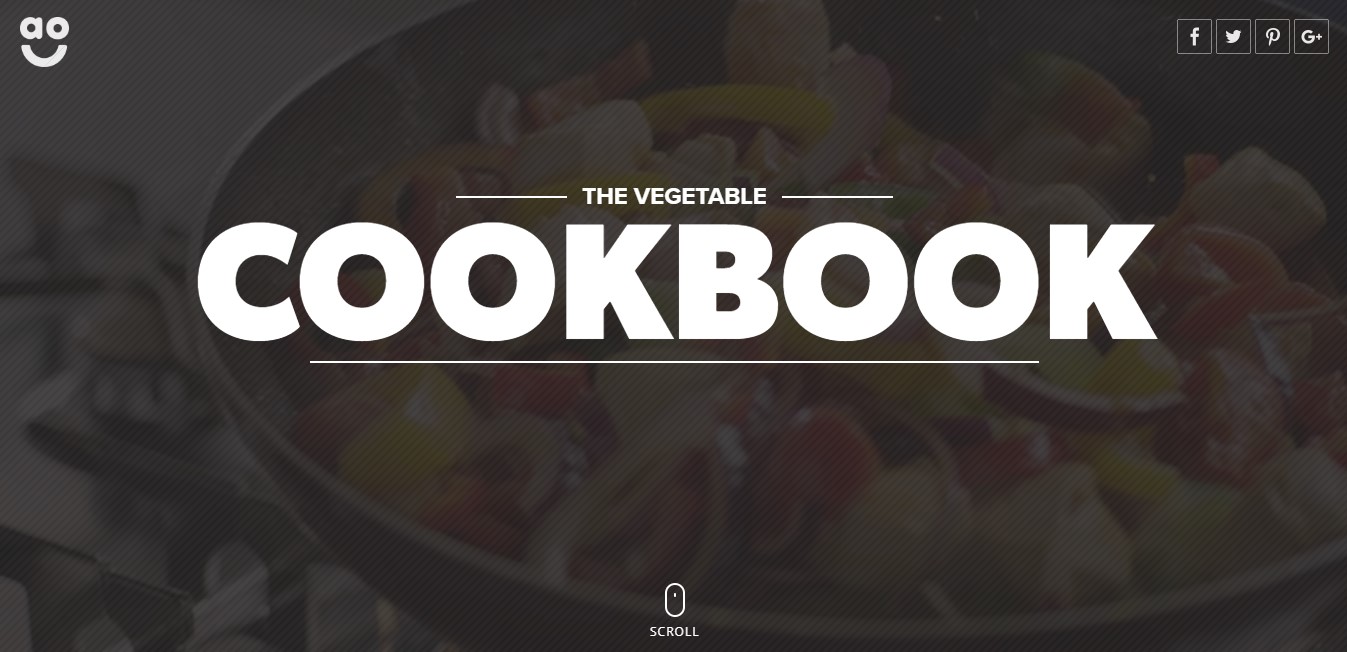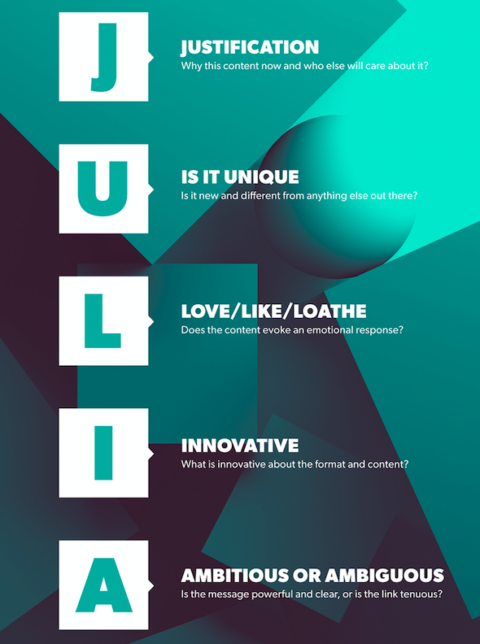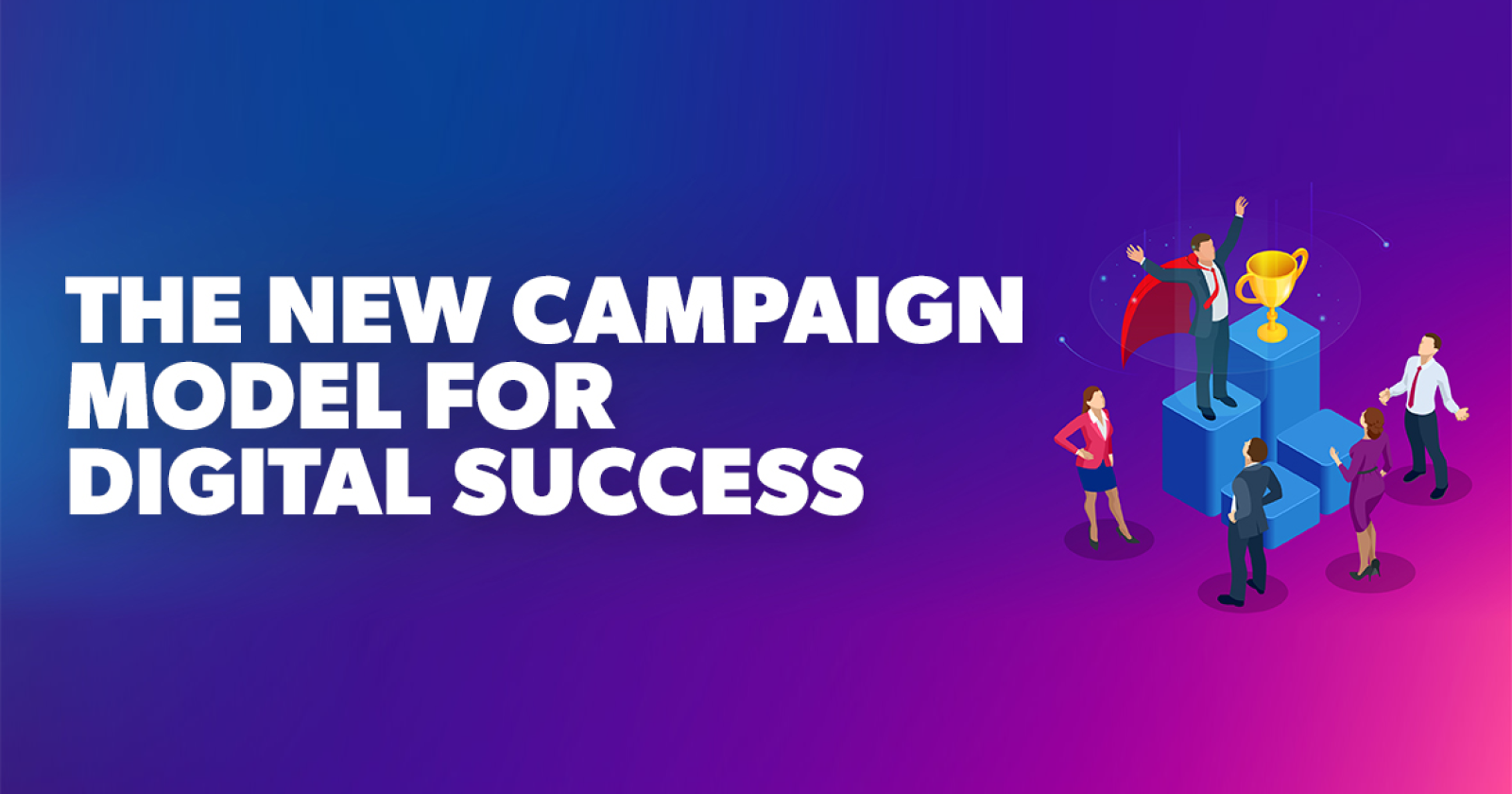Let’s start with an assumption.
If you work in-house and have any level of responsibility to the performance of organic search you are actively engaged in “campaign content” for links.
And while this may be an unpopular opinion my view is that, in the majority of cases at least, such a strategy is misplaced at best.
But before you shoot me down understand that this is a view formed from completing more than 130 such campaigns for brands across almost every vertical and jurisdiction over the last 10 years.
But before you cancel all plans and revert to old school link building and on-page SEO, this post is not a mission statement about the state of the industry but inherently one designed to steer such campaigns back on track and to ensure they deliver on their original promise:
“Earning quality links and citations from websites and publications out of the reach of link building alone but while now also involving and benefitting a much wider group of specialists within any one organization to avoid internal conflict and to maximize ROI.”
The Solution
The solution is actually much more simple than you might think, too.
Below I share the new blueprint for content campaign success and an approach that will keep the entire business happy – right from PR and brand teams to those focused purely on SEO performance.
But before we dive deep into the “how to,” let’s focus for a second on the problem.
The Current Problem
For too long now, SEOs have focused on creating campaigns for the sake of it; almost a “brain out” reaction to everyone else doing it.
All too often we receive briefs to create content campaigns “for links” without interest, or thought, to what other benefits such activity could/should be measured by.
And so we quote for the time it takes to build the creative and supporting content around it (more on this later), only for the client to then revert back to a question around “how many links are we going to get” – old school thinking is killing new school tactics before we’ve even got started.
Why?
Well, let’s examine a typical example.
Bringing It to Life
Let’s say you are a brand in the travel space and come to your agency with a budget of £30,000/$40,000 for a “hero content marketing campaign.”
The measure, according to the brief, will be the number of links earned.
My response to such a brief is an immediate pushback as it entirely misses the point of the activity and creates a situation that will never be signed off.
The problem begins with a lack of understanding of the time it takes to produce the creative element of the campaign to begin with and to allow the necessary amount of time on distribution/PR to ensure it maximizes reach.
If we look at some of the most successful advertising campaigns we see a clear focus on ring-fencing “distribution time” over creation.
Take the famous John Lewis Christmas ads in the UK, for example.
The most recent example cost £7 million in total – but, critically, 6 out of every 7 of those pounds were spent went on distribution.
Using that ratio then, we should, therefore, expect to apportion just £4,285 to the creation of the campaign – a clearly unrealistic number given the complexity of building a truly worthy and unique evergreen content piece.
In reality, to build something like this or this costs much more.
You can reasonably expect to double or treble such a number to end up with something that matches expectations.
And that’s before we get to the critical supporting content, which we will cover shortly.
On this basis then let’s say that 50% of the budget is used for creation.
This leaves us with £15,000/$20,000 for distribution and clearly enough to achieve lots with.
The challenge is that in sharing great content there is no guarantee that links will follow.
Therefore, predicting link output becomes difficult.
The value, in any case, is much deeper and wider than simply link equity.
Great Content’s Ongoing Value
Investment in quality creative is not something that can, or should, be measured in the traditional way.
Too often we see clients wanting to understand ROI a month after publication but this is missing the point.
A great example of this was a content hub I created as part of a campaign for a UK electricals retailer that saw us produce a collection of vegetable cooking tips.

Initial outreach and PR for the piece produced around 20 pieces of coverage.
Since then, it has earned hundreds more with almost 500 total links into the page since inception.
This is the perfect example of why we always measure over 12 months.
In not doing this, you will always see poor ROI from the initial activity and potentially miss out on producing further campaigns because of simple mismeasurement.
Add to this the fact that value is found in a plethora of other channels too, such as:
- Brand awareness through earned coverage.
- New long-tail rankings for the piece (the Cookbook piece ranks for almost 800 terms!).
- The opportunity to share quality across social and paid channels to maximize engagement and reach.
The Solution
So, how do I go about ensuring we do ensure true value is understood, measured, and achieved?
The answer lies in supporting content, well-validated ideas, and tight planning.
Campaign Planning
Like all good processes, any content campaign worth its salt is underpinned by planning and a kick off that involves all interested parties.
To be effective, the campaign must be designed to be as effective as possible across all relevant channels.
Buy-in from all teams is key in order to make that possible.
What that list of attendees looks like is entirely dependent upon your organizational structure, but most commonly we include teams such as:
- SEO
- Social
- PR
- Paid
Ensuring key people from those teams are in the room from day one almost always solves one of the main barriers to success – lack of buy-in and, with it, access to all channels.
In that meeting, I follow a strict agenda that focuses minds on what the objective of the activity is and how that will benefit all parties.
This is done to ensure that access to all channels is guaranteed from the start, allowing the actual brainstorm to include ideas that are truly integrated.
The Brainstorm
This is done while ensuring that there is an inclusive brainstorm about how we leverage each channel to maximum effect.
Often this will create a list of ideas that will require extra creation planning and opens up the critical phase of our campaign process – the idea.
From the World of Storytelling…
Clearly there is enough advice already out there on brainstorming to write a whole series of books and so we won’t go into absolute detail here for the main concept ideation.
That said, there are a few things that have helped me improve the overall impact by drilling further into the processes used by novel authors.
Much of that process revolves around asking questions rather than looking for answers, with much of the focus on looking at how to think more laterally about the task at hand.
One of the most successful elements of that is using what we call “the power of what if.”
This has been pivotal in helping us build out our supporting content plan.
To get to the “what if” moment, we must first utilize all traditional brainstorming tactics and extract as many stage one ideas as possible.
Questions that can help us get there include thinking not just about what opportunities the brand has, but also what threats exist:
- What potential disaster would throw the brand or its audience off-balance?
- What is the core conflict the audience is dealing with?
The journalistic questions structure can also help here, adding further depth with further questioning around the “who…what…where…why…and how” of each element.
The Subconscious
The quality of output from these sessions can also be improved further with thought to the actual environment used for such sessions.
There has been much written about how and why office space is not ideal for creativity and while there is an element of truth in it my “Structured Brainstorm Process” does much to alleviate these challenges.
By creating a series of mini brainstorms within an otherwise lawless creative session I have found a significant increase in the quantity of output from such sessions.
Those sessions require pre-meet research and cover off:
- A session on the challenges faced and questions asked by each persona.
- Time to cover off ideas for each relevant content type (think maps, videos, podcasts, data visualization, and so on).
- What does the long-tail opportunity look like? What questions are being asked that we can help solve?
- What is out there and trending in our space that we can jump on?
- What are the key evergreen content opportunities that we should be investing in?
- What content opportunity exists at each stage in the purchase funnel?
- What are competitors doing that we could be doing much better? Often Reddit is a great hunting ground for this too with subreddits such as /r/coolguides and /r/dataisbeautiful particularly good places to look.
- What seasonal opportunity is there out there?
The Subconscious Mind
Where I have had a real breakthrough, however, is in finding ways to activate the subconscious mind.
This may not be the case for you but I often find that I get most clarity around complex ideas or challenges as I am falling asleep – it’s why I always have a pad by my bed and often send myself emails in the early hours of the morning.
The reason for this is simple. As we fall asleep our conscious mind switches off, making way for our subconscious mind to take over and give you a fresh perspective on issues.
The conscious mind works on the simple, day to day tasks, but it is actually your subconscious mind that does the deep thinking and why it is perfectly placed to create your best ideas.
To switch across, we need to find a way to occupy our task delivery brain so bringing in props such as cleaning products to help tidy the room, or even do it over dishwashing has mind-blowing effects on output.
Idea Validation
Once the idea exists it is then incredibly important to validate it.
All too often creatives sit in locked rooms and convince themselves that their ideas are great without asking the very people that will turn that in reality.
This is where validation is game-changing.
Before rounding off on any idea it pays dividends to run the concept past key journalists; especially those highlighted as people you want to publish the piece.
Their feedback is critical and often helps shape the final concept, feeding in thoughts as to how we can use our new secret weapon – supporting content – to maximize exposure.
The ticklist process below ensures you leave no stone unturned…

The Main Asset
If we look at some of the most successful campaigns, they all share one critical component – a world-class plan for wider content that sits around the main asset. Something I call supporting content.
Read any guide on successful content campaigns for digital impact and everyone will talk about being creative through content types, use of unique data, freedom of information requests, surveys, and so on.
But few go much further than the main asset.
Some of our most successful campaigns have gained traction more so from the supporting content than the actual main piece.
Take a project I ran for a UK electricals retailer some time ago, for example.
While the main piece was built around the story of food waste, traction came from supporting infographics that told the story of vast wastage and a “feed your family for a week for £40” challenge we set influencers.
The latter idea made it to the homepage of the UK’s most trafficked newspaper site.
Or take another more recent example for a UK travel site, for instance.
The central piece of the campaign was a functional content tool designed to help visitors select a holiday that best suits their needs.
And while many sites were interested in the story around its creation, the most success came from supporting infographics, a survey conducted alongside it that produced placements from the likes of Yahoo and Stylist amongst others, as well as a piece for Ladbible looking at the price of a beer in those places.
Going the Extra Mile
That extra 10% in creation time can often yield significantly more coverage for the overall campaign, rebalancing the cost vs. reward, and often making the difference between success and failure.
The question, then, is how do you create a plan that includes such valuable added extras?
The Supporting Content Plan
To do this well, we go back to the brainstorming process but post validation of the main asset.
Once it has been through the full JULIA process (see earlier image) and all teams are bought into the approach, the next phase is to begin thinking about how related ideas can be spun out of it.
To do that we need to find a different way of brainstorming, one built out to maximize and reward lateral thinking.
Lateral Brainstorming
Conventional styles of thinking are great for thinking of big key and potentially commercially focused ideas.
To do it, we use the “newest” part of our brains to do it – an area known as the neocortex.
This area of the outer brain was developed to manage key skills like language and to help us function in the increasingly complex world that was developing around up. It is where conscious thought exists.
But in order to truly think differently, we need to activate another region of the brain; the part that takes up a whopping 95% of your overall brain mass.
Known as the Limbic system, the “subconscious” part of your brain is powerful beyond current comprehension, containing billions more synapsis than the bit of the mind we know well and think does all the work.
To tap into it we need to use random stimulus to bypass our usual thought processes. A way to make the mind start from a new departure point.
And having tested a myriad of ways to do this the best process to date is one that actually seems counter-intuitive initially.
It’s a technique called Random Word Brainstorming and it’s actually pretty simple.
To do it all you need is a random word (I use a free random word generator such as this one or this one. This “seed word” is known as the initial stimulus and you must then work as a group to extract the underlying principles.
To do this think of as many words that can be associated with the word as possible.
An easy way of doing this is to break down its characteristics.
- What is its function?
- What are its aesthetics?
- How is it used?
- What metaphors can be associated with it?
- What is the opposite of your word?
At this point, you bring your challenge in again and force as many connections between the random words generated and your brainstorming focus.
And don’t be despondent if the majority of the words and connections don’t work – all you need here is one or two good ones to make the time investment worthwhile.
So, for instance, if we are looking to do this for a fictional travel brand looking for an idea that will achieve cross-channel brand awareness, search value and engagement it may look like this:
Main Asset – a commercially focused internal holiday finder tool based on interests.
The challenge is clearly how do you make what is essentially a solid functional content asset interesting to the press and influencers?
While most would attempt to use the asset itself, the secret is to use our subconscious mind brainstorming to create a mix of related content around it to sell into those owning the key, relevant audiences.
Using the technique described above our team came up with the following ideas:
- A survey on daydreams (which discovered that being on holiday is the most popular). This was further broken down by area to create regional press angles.
- A quiz to decide where to go next on holiday based on the main asset.
- Dream jobs – from the survey.
- Regional survey and vox pops on favorite ways to spend time off.
- Guide to picking your best holiday.
- Where to go on your next holiday based on the price of beer.
- In-depth city guide to the favorite city out of the survey.
- Top 5 millennial hotspots.
- The top 5 destinations according to parents.
- Romantic destinations based on daydreaming habits.
- The cost of daydreaming for UK employers.
All of the above ideas can be tied back to the functional tool but yet find a way of creating interesting angles for the various news outlets that may be interested in the overall concept.
These pieces will often end up as written articles or infographics and are therefore fairly light, in relative terms, on resource and cost but still link intrinsically back to the main asset, creating a “10x impact” – so often talked about in marketing circles but very rarely achieved.
With this campaign process in place however, you can get closer than ever before to actually delivering it.
More Resources:
- Content Marketing: The 5 Most Important Things You Need to Know
- The PR Process That Drives Hundreds of Links Time After Time
- 9 Simple & Fast Ways to Elevate Your Content
Image Credits
Featured & In-Post Images: Created by author, February 2020





